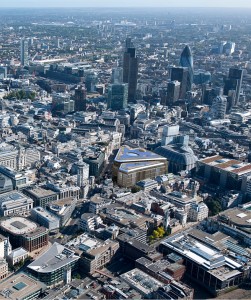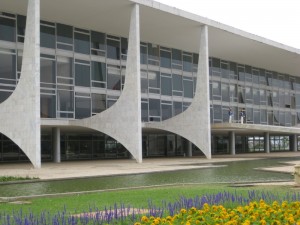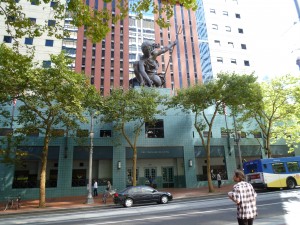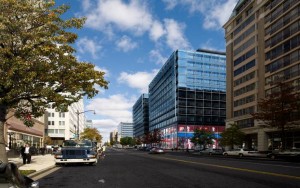Mike’s Place

Bloomberg Place is a commercial development under construction in central London. The two wedged-shaped office buildings, linked by sky bridges, are designed by Foster + Partners, which is also responsible for the lumpy building next door. What is interesting about Bloomberg Place is its height: ten stories, since this part of the city has a fifty-meter height limit. Washingtonians, currently engaged in a debate over raising the long-time height limit in that city should take note.




